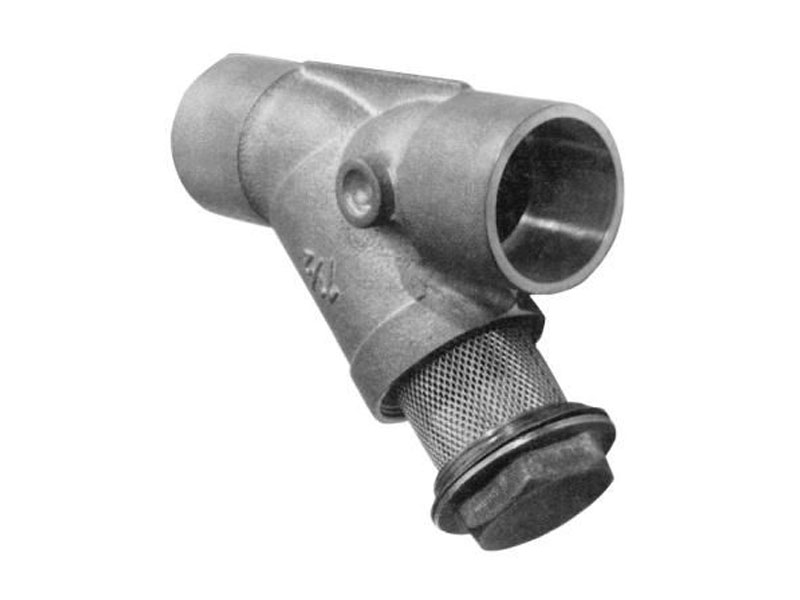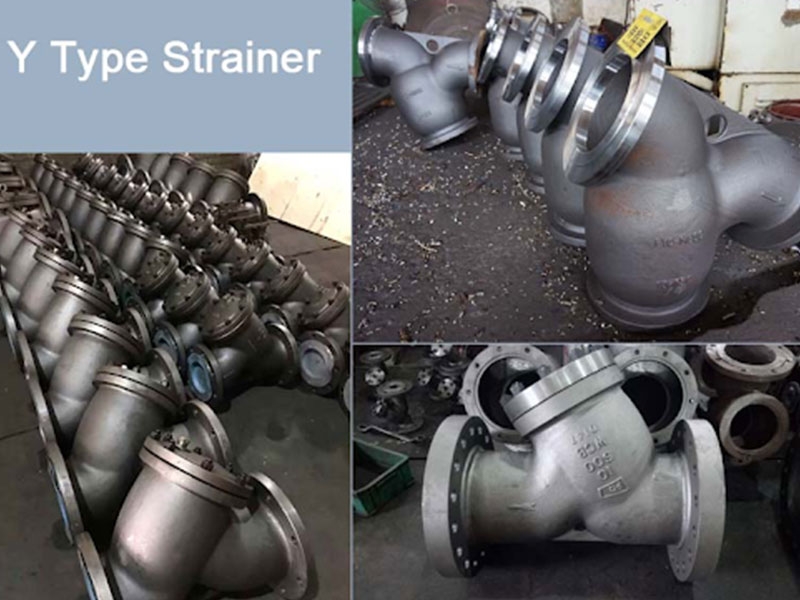Source: PINTEREST
This article includes an overview of strainers as well as some fundamental principles to aid in the description and choice of filtering gear. It is meant to be a comprehensive guide and incorporates specialised strainers. Additionally, it focuses on the most prevalent strainers found in modern oil and gas procedure applications.
In contrast to filters, strainers generally issue a solitary barrier to the procedure stream and have a set aperture (eg. 0.5mm perforated holes). Filters are often made of a fibrous substance that generates varied, arbitrary apertures for the procedure stream to stream through. The debris is trapped at various spots throughout the substance, causing the filter component to get clogged and need to be changed. Let’s get down to business!
What Exactly is a Strainer Valve?

Source: Unsplash
A strainer valve is a pipe connection that allows liquid to pass thru for refinement, sifting or segregation from solid materials; anything that strains a liquid; and any device that acts as a sieve or filter to keep solid objects from combining in a liquid stream or flow line. Pipeline junk such as scales, rust, dovetail joints compound, and weld metal are caught by strainers, which safeguard machinery and procedure from their negative effects, decreasing downtime and servicing.
Prerequisites for the Specification
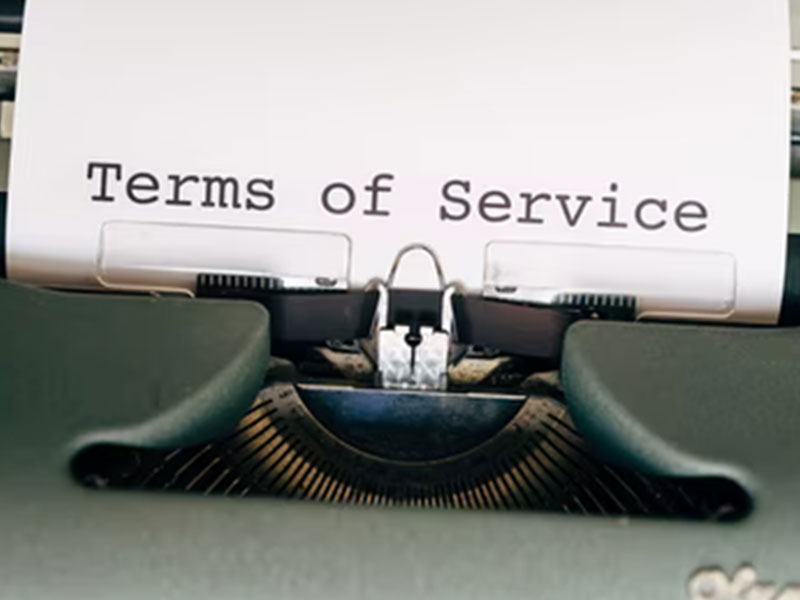
Source: Unsplash
The following details are essential for ensuring that strainer equipment is properly specified for its designated use.
1. Filtration Dimensions
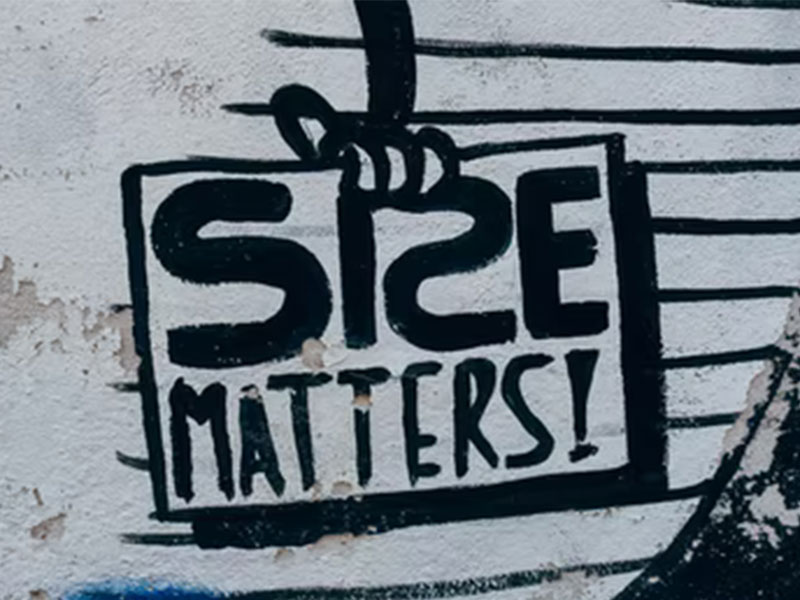
Source: Unsplash
A strainer’s primary function is to eliminate particles from a procedure stream. Strainer components come in a variety of filtration sizes, ranging from 10mm holes to fine woven wire mesh with a filtration size of 25 microns (0.025mm). The filter size must be chosen carefully and should correspond to the maximum granular size that downstream machinery (such as pumps) can handle.
If the filtration dimension is too large, escaping material may have a negative impact on downstream machinery performance. A filtration dimension that is too tiny can lead to more strainer cleaning and/or more pressure fall, both of which can be harmful to the downstream operation.
2. Sizing of Strainer Units
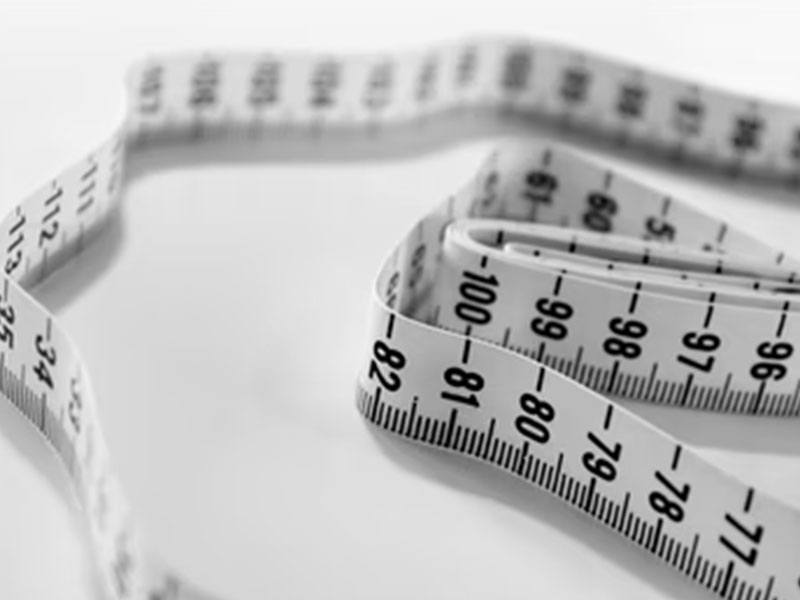
Source: Unsplash
The strainer size does not necessarily have to be the same as the line size. The strainer size must be chosen by the amount of dust the unit plans to hold and the strainer’s maximum permissible pressure fall. An undersized strainer would necessitate more upkeep in order to keep the components clean. In the worst-case scenario, it can result in pressure drop issues in a procedure stream.
3. Solids Composition
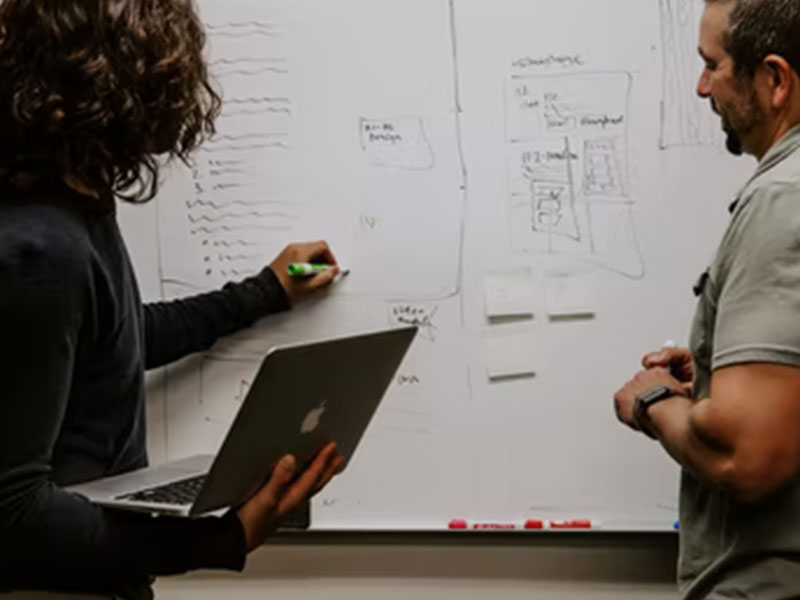
Source: Unsplash
Despite the fact it’s difficult to obtain accurate data on a stream’s prospective solids concentration, it is critical data when determining the strainer body’s size. The component ought to be large enough to handle the projected solids loading from the procedure stream. Duplex (2 x 100 percent) strainers, Hellan type strainers, or automatic backwash strainers should be utilized where the solids loading is anticipated to be very high to make the component cleaning procedure faster and easier. A strainer that is too small will cause process issues.
4. Max Pressure Fall Permitted
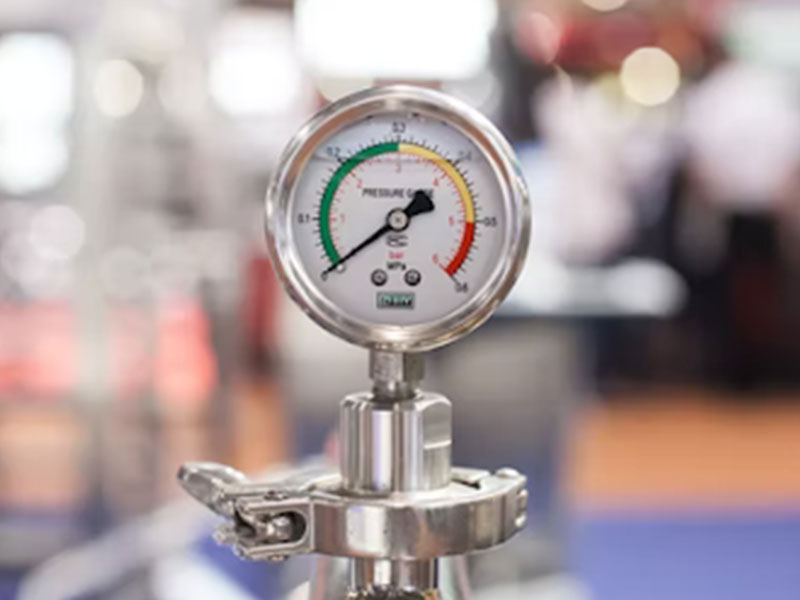
Source: Unsplash
Downstream machinery, such as pumps that necessitate strainer safety, is usually also reliant on a minimum head pressure to work properly. As a result, determining the strainer’s permitted limits pressure fall is critical to ensuring that the strainer’s structure does not cause issues for downstream procedure equipment.
5. Maximal Blueprint Pressure/Temperature Scope Maximum
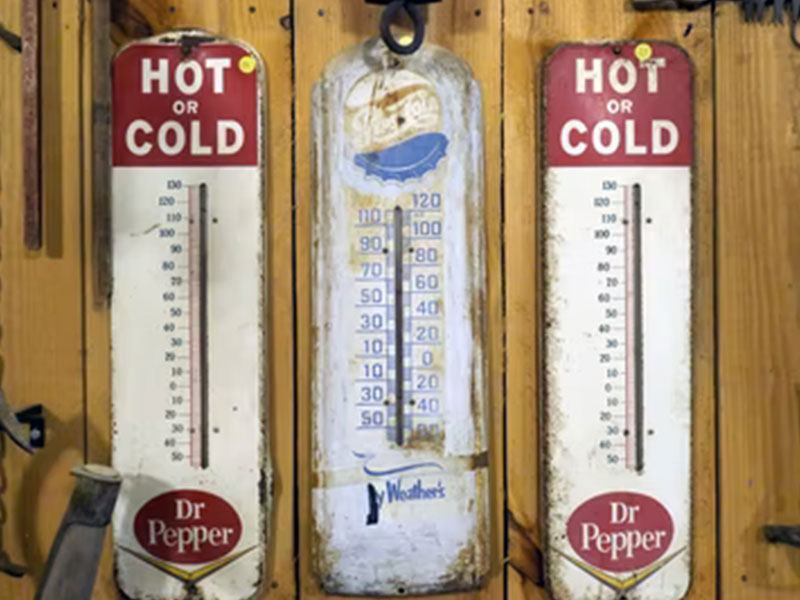
Source: Unsplash
It’s critical to establish the design pressure and temp spectrum for all piping machinery. While pipe classes encompass design temps and pressures, these specifications often cover a wide range of conceivable uses and may not always meet the specific necessities of individual procedure lines. It is critical to explain the unique design criteria for each strainer.
6. Materials

Source: Unsplash
The substances used in the strainer must match those used in the pipeline. This data is commonly found in the corresponding pipe class, which also includes details from the Material information Sheet. The material information sheet standards typically cover pressure-retaining portions such as the strainer body and cap, but not things such as the strainer component. The substance grade for the component should be similar to, if not better than, that of the body.
7. Common Era Marking and Guidelines

Source: Unsplash
Strainers are included in the pressure equipment directive’s definition of machinery. In accordance with the rules established by the Pressure Equipment Directive, machinery may be subject to common era marking standards. Whether or not Current Era Marking is needed depends on the fluid and the dimensions/volume of the strainer.
Other requirements that must be followed by automatic backwash strainers include the Machinery Directive (522), FEA-M, and the explosive atmosphere directive, which has been necessary since 2003 for any electrical equipment functioning in dangerous environments. In compliance with the appropriate directives, current era marking needs are covered where needed.
What Role Do Strainers Play in the Piping System?

Source: Unsplash
Pipe strainers have three functions: they cleanse the media, divide larger fragments from smaller fragments, and filter the liquid from the flow media’s fine materials. As the media goes via them, they capture debris.
Strainers are, for the majority portion, the initial line of shielding against destruction. This because?
Strainers remove particles that could cause damage to the pipe system. Strainers, in a sense, diminish downtime and servicing due to the faulty. Other pipe elements along the network are safeguarded since dangerous elements are already out of the line.
Valve and other piping machinery are protected by using the proper strainer and positioning it in the proper location.
Uses for Industrial Strainers
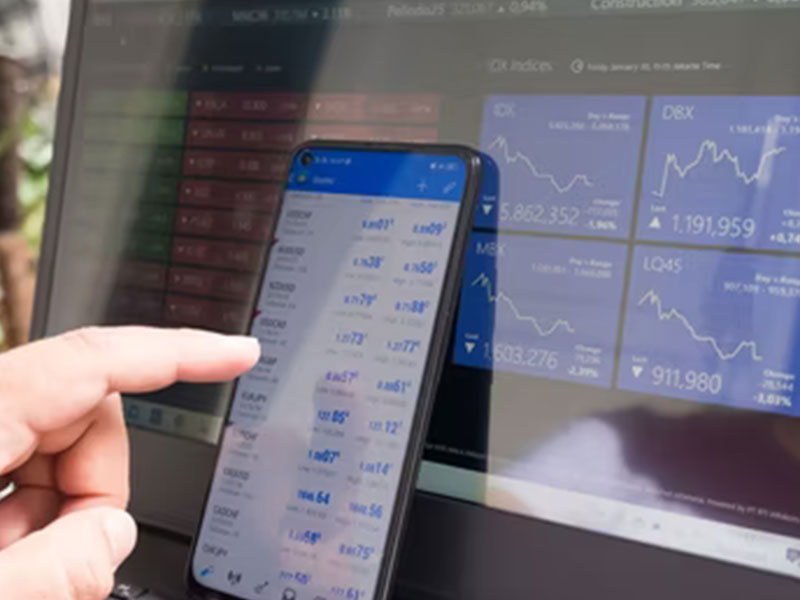
Source: Unsplash
Industrial strainers are frequently found downstream of valves, condensers, and pumps. These are delicate pieces of machinery that help to make the pipe system increasingly vigorous and productive. Industrial strainers are also useful when the medium is thicker or contains impurities that need to be filtered.
The following are some of the industries that utilize strainers:
Chemical Manufacturing
Water Treatment Sector
Food Enterprise
Oil Valve Sector
How Do You Choose Strainers?

Source: Unsplash
Strainers, like many other piping components, exist in a variety of shapes and sizes. These variables will determine whether the strainer performs well or poorly.
An industrial strainer with very tiny holes, for example, can induce untimely fouling. The deposit of the sediment or material on the inner walls of the tube is referred to as this. This tendency may escalate the frequency of pipe cleaning services. If remaining unattended, this can also cause damage to the pipes.
Investing a little time in figuring out what goes with how to choose the proper strainer guarantees that the piping procedure runs more smoothly.
1. What is the Flow Velocity?
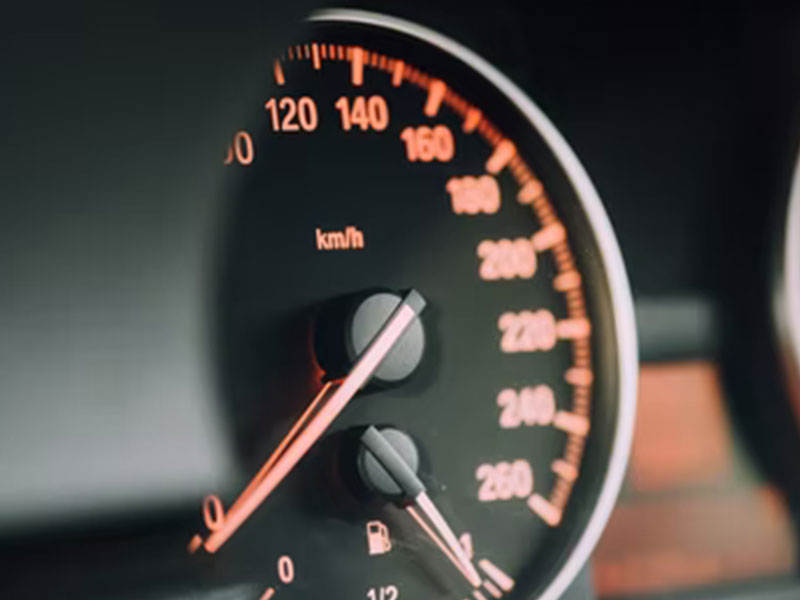
Source: Unsplash
When it comes to selecting the correct strainer, the flow rate is crucial. Flow velocity and pressure reduction have a direct impact on each other. The thicker the material, the slower the flow rate is likely to be. This also indicates there’s a higher chance of a pressure reduction.
Industrial strainers must keep this in mind when determining how much pressure loss is acceptable for usage. The size of the pipes has no bearing on this. On the internet, you can find pressure drop charts. This can be used to estimate the strainer’s pressure decrease.
For instance, if the flow rate is greater than 150 GPM, the basket strainer is the best option. When contrasted to other strainer kinds, this has a lower pressure reduction.
The preliminary pressure reduction of a typical strainer ought to be no more than 2 PSIG. It must have a maximum flow rate of 8 FPS (feet per second).
2. What Exactly is the Open Area Proportion?

Source: Unsplash
The open area proportion or Capacity proportion determines how long the strainer can run properly before it needs to be cleaned. The quantity of pressure loss within the strainer is likewise affected by this aspect.
Understanding the strainer’s open area proportion is crucial since it tells when the strainer mesh requires to be cleaned or replaced. A clogged strainer results in a significant reduction in pressure. The presence of a large Open area proportion indicates that the media contains a lot of debris or is particularly sticky.
3. How Big Should the Mesh be?

Source: Unsplash
The strainer’s filtering capacity is determined by the mesh dimension. The finer the mesh, the greater strain it can withstand. Take note of the plus (+) or minus (-) indication next to the mesh dimension.
Count the number of openings in one linear inch to get the mesh size of the screen. A 10-mesh screen, on the other hand, contains ten openings over that one-inch line.
Molecules with a diameter greater than that quantity can’t pass via the mesh, as shown by the plus sign. A minus sign indicates that particles tinier than that number are permitted to go through. A +400 mesh, for instance, implies that molecules with a diameter of 37 microns can’t pass through. Molecules with a diameter of fewer than 250 microns can pass through a -60 mesh.
4. What is the Link Between Strainer Kinds and Pipe Alignment?
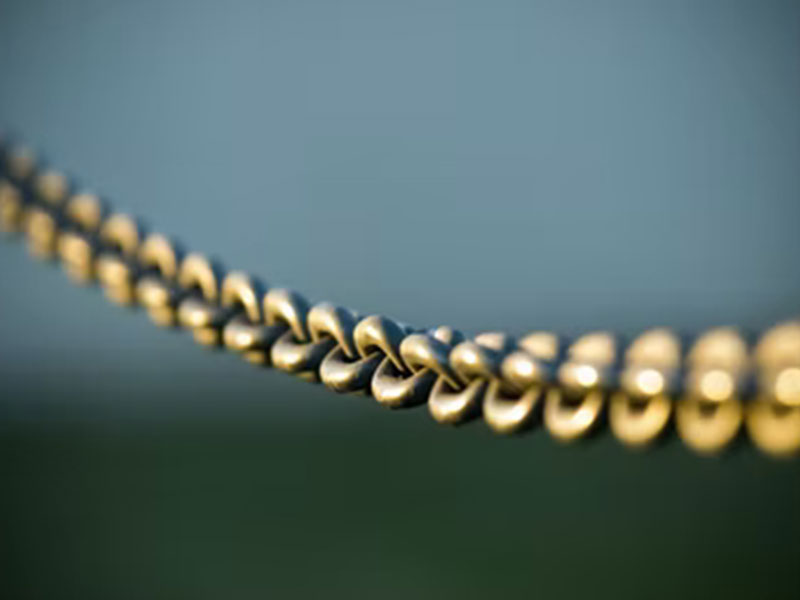
Source: Unsplash
The horizontal adjustment of pipes is not always the case. The only moment the pipes can be perpendicular is when the flow is going downhill.
The Y-type or tee-type basket strainers, on the other hand, are the most ideal strainers for vertical pipes. The Y strainer, on the other hand, must have its screen facing downwards. This allows the particles to be easily trapped and ensures that the detritus does not flow back upstream.
Basket strainers, on the other hand, are ideal for horizontal or moderately sloping pipes in general. The strainer, on the other hand, is set to the lowest position feasible to allow for easy debris flushing.
General Types of Strainers

Source: Unsplash
Strainer classes, like valve categories, are based on a number of parameters. We’ll go through four different types of strainers in this article:
Basket Strainer
Special Applications Strainers
Temporary Strainers
1. Y Type Strainers
Source: XHVAL
When there are few granules to be isolated from the medium, the Y-type strainer is preferable. When recurrent maintenance is not an impediment, this style of strainer is more efficient. This sort of strainer can be installed in both perpendicular and horizontal positions. The Y-Type strainer is most commonly used in usage where the pressure is greater than 6000 PSI.
When the pipes are also perpendicular, the vertical arrangement is considerably more appropriate. The strainer’s structure inspired the name.
Besides the two holes, it contains a drain pipe set diagonally. This is where the trash is held before being liberated.
To prevent erosion when mounted horizontally, the outlet or pocket should be in the perpendicular plane. When the media is vapour or gas, the Y-type strainer is installed horizontally; otherwise, it is installed vertically.
The Y-type strainer isn’t designed to hold a lot of dirt and particles. As a result, the Y-type requires more regular cleaning than the other varieties.
Y-Type Strainer Configuration
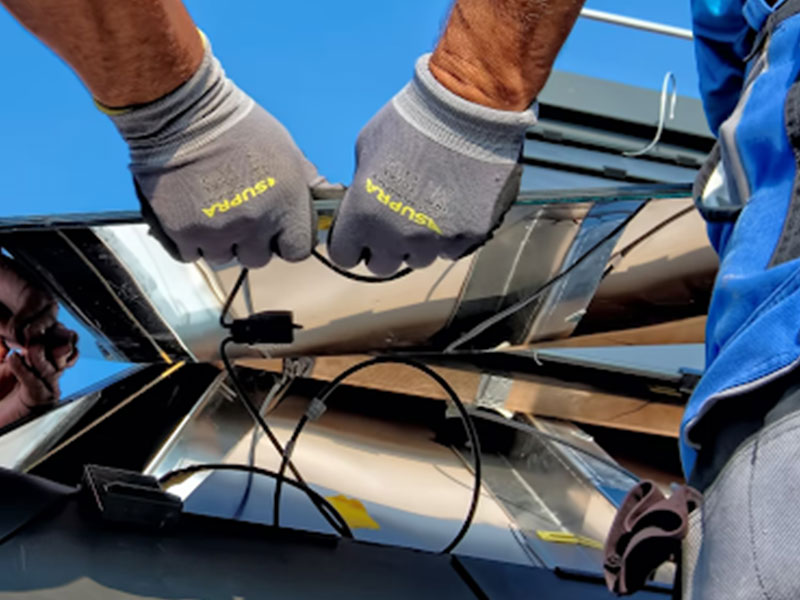
Source: Unsplash
With the screen component pointed downward, a Y-strainer can be mounted in either a parallel or perpendicular position (Downward flow). This enables the strainer screen to gather particles in the strainer at the screen’s minimum level.
The Y type strainer ought to be fitted in parallel steam or gas piping with the pocket in the flat plane. This prevents water from gathering in the pocket, which can lead to degradation and interfere with heat conduction.
The pocket in a liquid system must point perpendicularly downwards. In low flow circumstances, this prevents the waste from being pushed back into the upstream pipework.
Though it’s preferable to put strainers in parallel lines, this is not always practical, and they can be erected in perpendicular pipelines if the flow is downhill, in which case the material will naturally fall into the pocket.
Attributes and Advantages
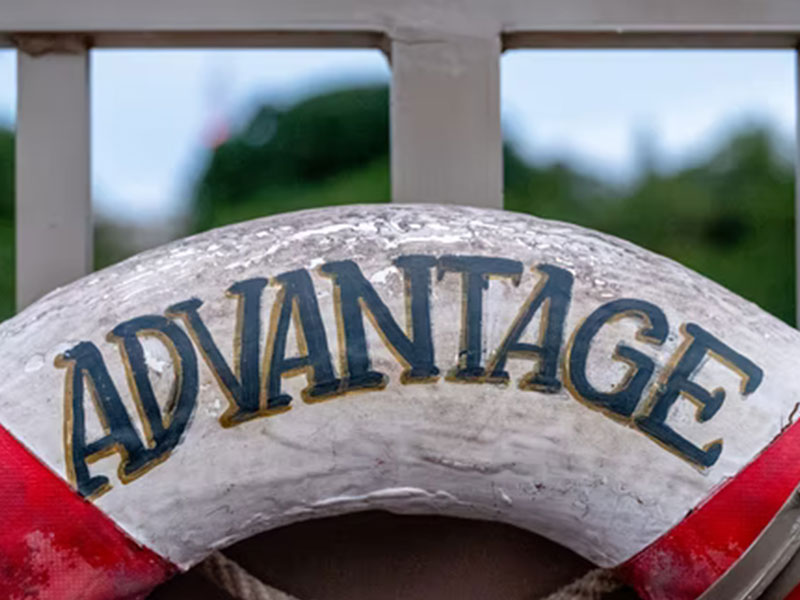
Source: Unsplash
Cleaning is simple and does not interrupt the operation.
To fulfill your procedure requirements, you can choose from a variety of perforations, mesh, or perforation mesh combos.
It can be mounted either horizontally or vertically.
Application

Source: Unsplash
In gaseous uses such as vapour, air, and natural gas, a Y-type strainer is beneficial.
2. T-Type Strainers(Basket Type)
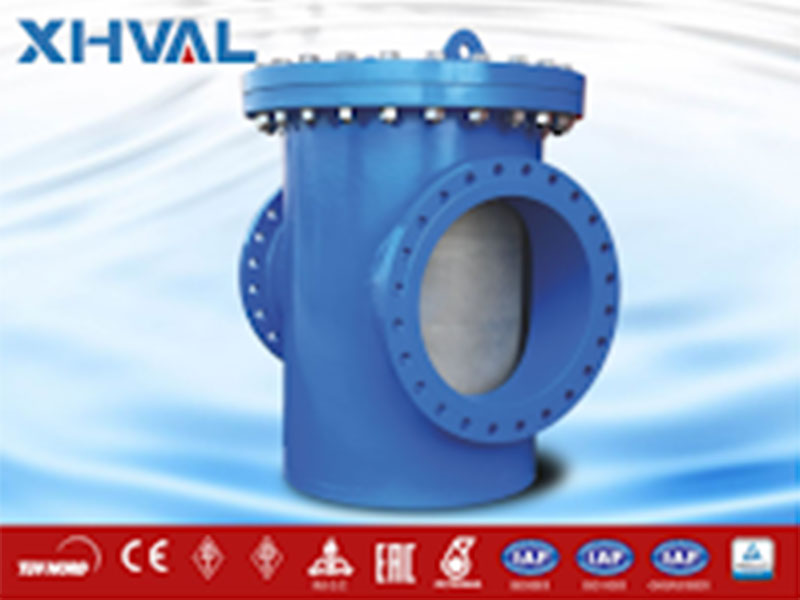
Source: Unsplash
Y-type strainers are the polar contrary of basket strainers. This sort of media works well with enormous particle media and pipes that require to be cleaned frequently. Basket strainers are rarely used in usage that surpasses 1,500 PSI.
This strainer, also referred to as the Tee-type, T-type, or pot type, has a lesser pressure reduction than the Y-type. In comparison to the Y-type, the latter has a bigger straining area. An additional benefit of a basket strainer is that it can hold more debris.
Basket/T-Type Strainer Installation
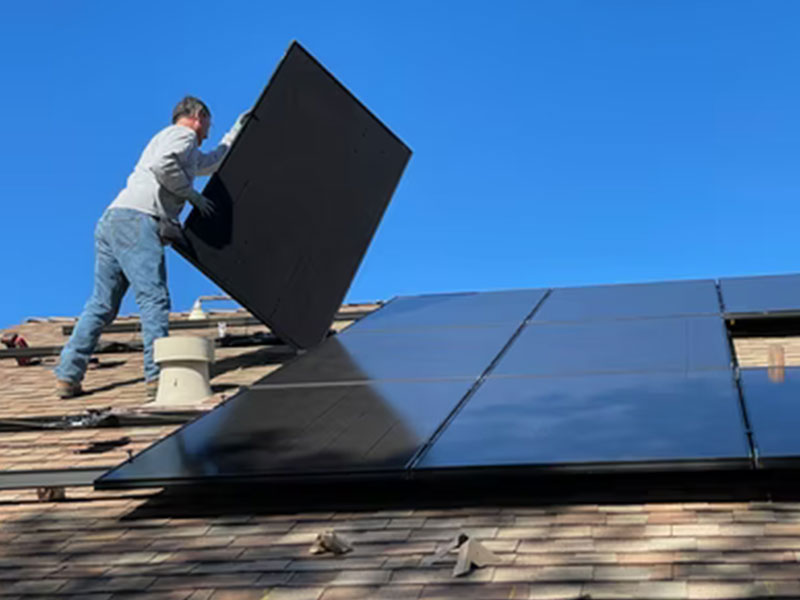
Source: Unsplash
Basket strainers can only be mounted in parallel pipes, and the foundation of the strainer must be reinforced for larger, bulkier basket strainers.
The cover on a basket strainer can be detached to allow operators easy accessibility to the filtering component if it requires replacement (due to stocked-up debris). A substantial quantity of condensate can collect when basket type strainers are employed on steam systems. As a consequence, steam strainers usually have a drain stopper with a steam trap to collect the droplets.
Applications

Source: Unsplash
Basket strainers can only be mounted in parallel pipes, and the foundation of the strainer must be reinforced for larger, bulkier basket strainers.
The cover on a basket strainer can be detached to allow operators easy accessibility to the filtering component if it requires replacement (due to stocked-up debris). A substantial quantity of condensate can collect when basket type strainers are employed on steam systems. As a consequence, steam strainers usually have a drain stopper with a steam trap to collect the droplets.
3. Duplex/Twin Strainer
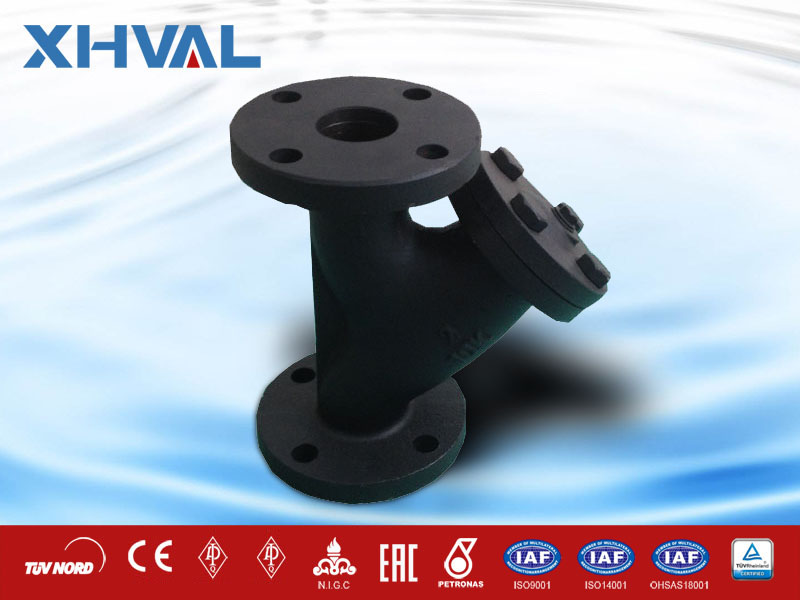
Source: Unsplash
A basket strainer of this type is one of a kind. Duplex basket strainers are the ideal alternative when activities are continual and cleansing is difficult during processes.
When one of the filters fills up, the action switches to the other basket, guaranteeing that the procedure continues while the other basket is cleaned or replaced.A plug-type valve or a ball-type valve can be found in this strainer. These permit the flow of the water to be diverted from one basket to the other.
Applications

Source: Unsplash
Basket strainers can only be mounted in parallel pipes, and the foundation of the strainer must be reinforced for larger, bulkier basket strainers.
The cover on a basket strainer can be detached to allow operators easy accessibility to the filtering component if it requires replacement (due to stocked-up debris). A substantial quantity of condensate can collect when basket type strainers are employed on steam systems. As a consequence, steam strainers usually have a drain stopper with a steam trap to collect the droplets.
Lines for water intake and service
Towers for chilling
Programs that must run continuously
4. Temporary Strainers
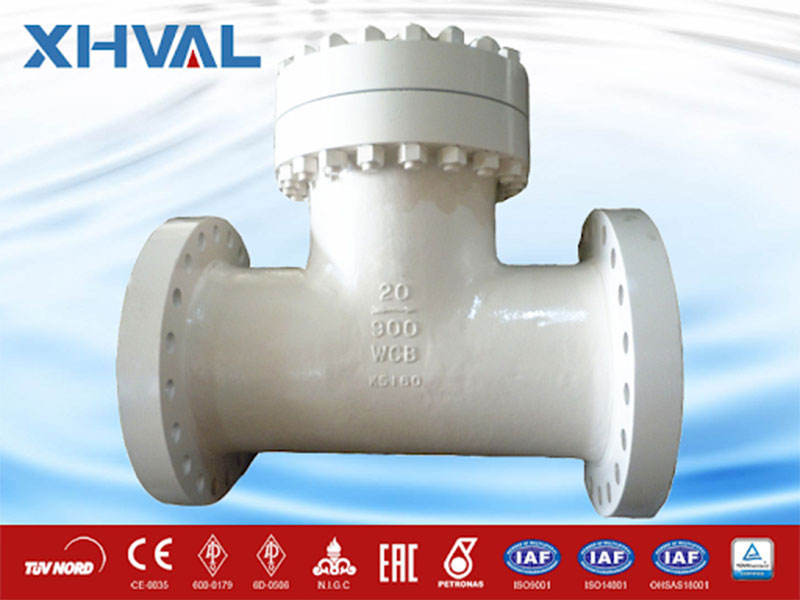
Source: Unsplash
Temporary strainers are the more cost-effective option when money is tight. These strainers are situated between pipe flanges. Temporary strainers are available in three different styles, each with a simple design.
Flat
Conical
Truncated
These strainers frequently have a lower stance than basket strainers. Furthermore, removing, maintaining, or cleaning these might be time-consuming due to the pipeline’s dismantling. Finally, due to the surge of media moving through the strainer, it has a tendency to distort.
5. Special Type Strainers
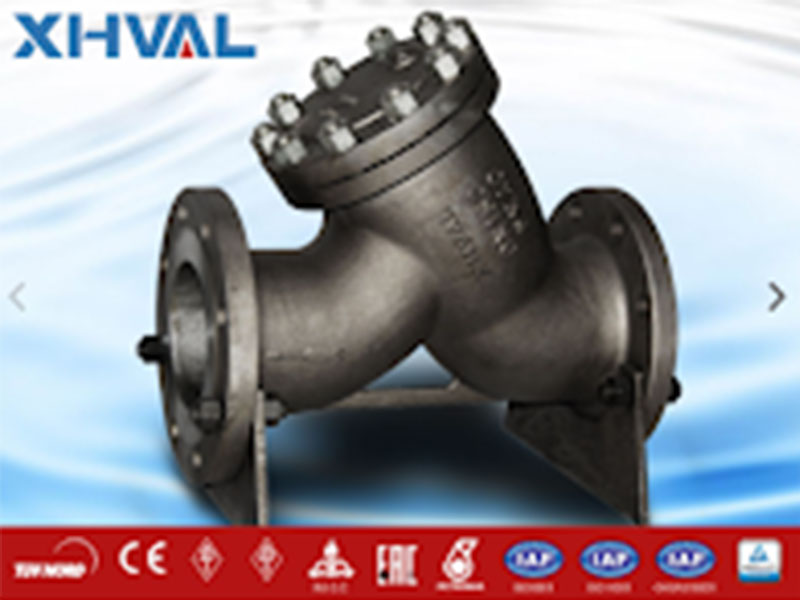
Source: Unsplash
Due to the obvious specifications of the medium or the pipe system itself, some applications necessitate particular strainers.
Wide Differential Strainers
When there is a lot of pressure, wide differential strainers are more effective. This strainer can sustain extraordinarily high-pressure thanks to heavy wire mesh or welded mesh screens.
Large Capacity Basket Strainers
These specialist basket strainers have a wide basket and fine straining capability. When the media is dense and sticky, this design prevents the strainer from blocking.
Jacketed Strainers
Strainer housing composed of manufactured or cast metal may be required for specialized procedures. This added housing gives the strainer more stability. It also keeps the media at a temperature that is higher than the ambient temp.
Magnetic Strainer
Magnetic strainers are effective at preventing untimely pump seal degradation. A magnetic field is created by the magnets, which attracts iron molecules. Pumps rust as a result of the iron molecules, resulting in destruction.
Offset Strainers
When strainers are needed on pumps that are near to the ground, an offset type is more efficient. This strainer features a low output and a high intake. Despite the pump’s proximity to the earth, there is less opportunity for contamination.
Micronic Strainers
Micronic strainers use a tiny mesh to eliminate particles as tiny as 5 microns. This type of strainer is used for purposes such as separating water from fuel.
Reducing Strainers
Reducers are unnecessary with reducing strainers. The pressure drop caused by pipeline downsizing can ultimately be reduced using such strainers.
Materials Typically Used in Strainers
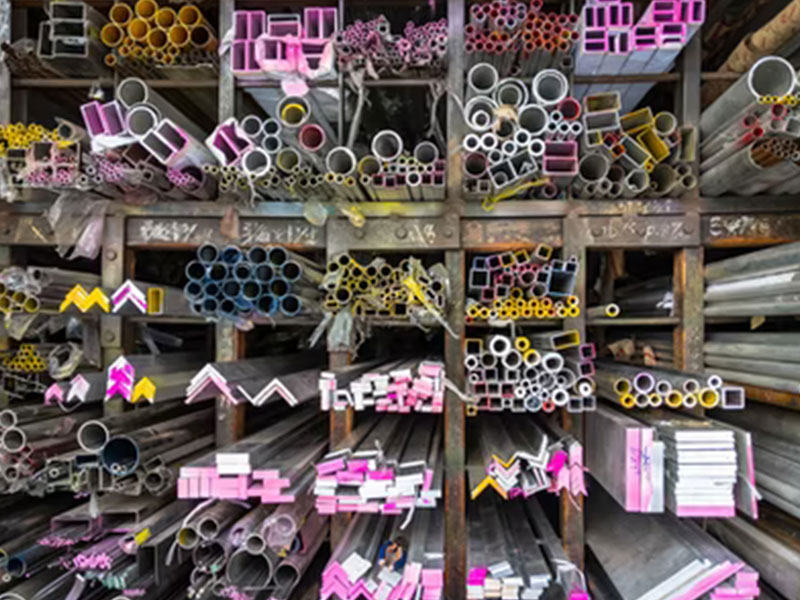
Source: Unsplash
For piping strainers, there are 5 main materials used in making them:
Reducing Strainers
When the pressure and temp are extremely low, plastic strainers are preferable.
Stainless Steel
Stainless steel is used more frequently in areas where erosion is a major consideration.
Carbon Steel
Whenever high pressure and temps are required, or when there is a risk of fire, carbon steel is the better choice.
Bronze
When the medium is saline water, bronze is more prevalent.
Cast Iron
Due to it being inexpensive to obtain, this is the most prevalent substance. When the function calls for low pressure and temp, valve users employ it.
Category of Screens Employed in Piping Strainers
There are two categories of screens in piping strainers:
1. Mesh Screen
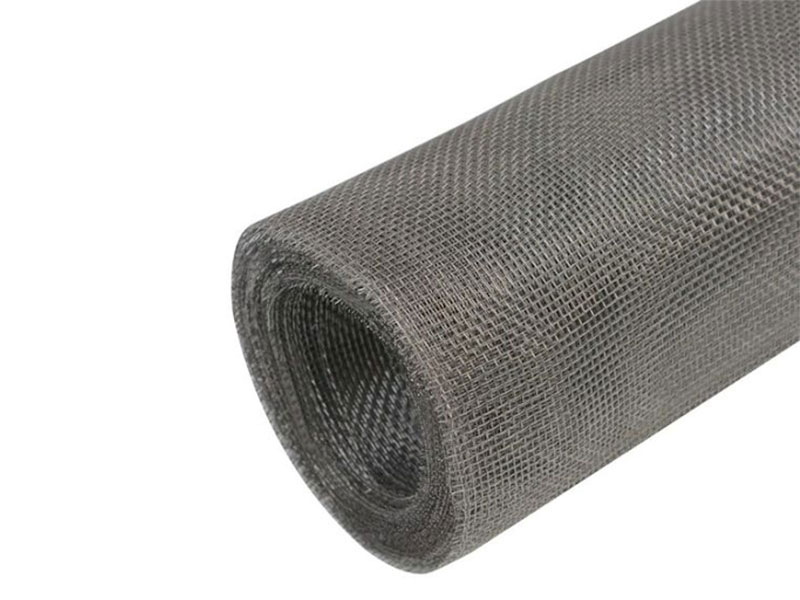
Source: Pinterest
Mesh screens are created by layering thin wires on top of a perforated screen. Filtering granules as small as 0.07 mm is possible with mesh filters.
2. Perforated Screen
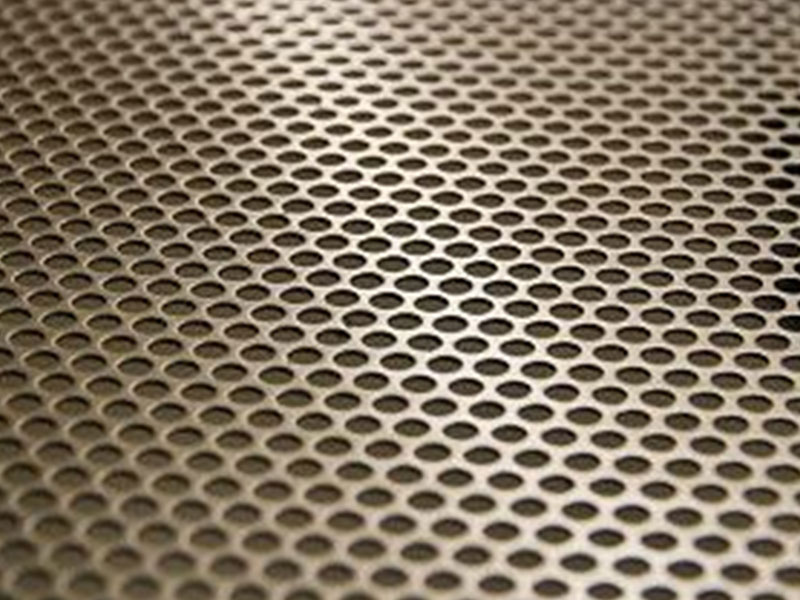
Source: Pinterest
Perforated screens can be utilized for a wide range of purposes. It has a straining range of 0.8 to 3.2 millimetres. Perforated screens are a flat substance with holes punched into them. The material will then be rolled into a tube and the two ends will be connected.
Filters vs. Strainers: What Is the Distinction?
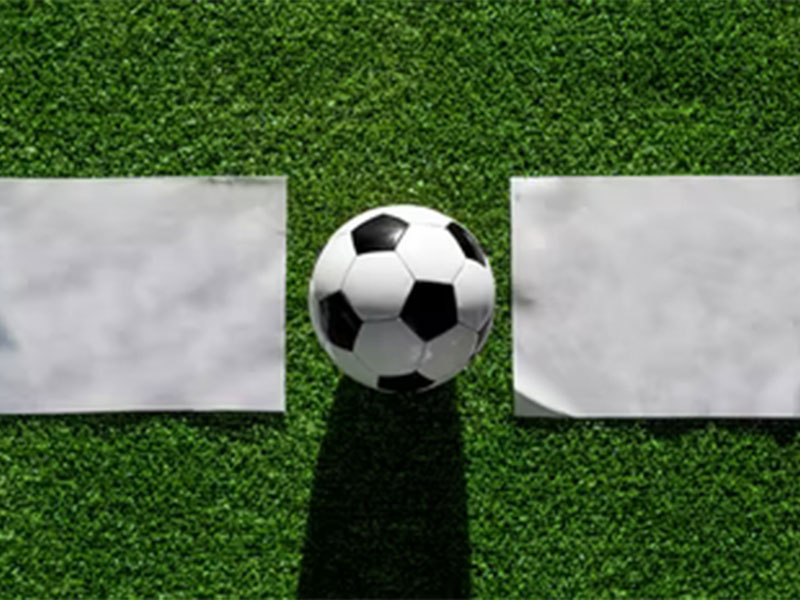
Source: Unsplash
Some people mistakenly believe that strainers and filters are the same things. Filters, on the other hand, are all-encompassing in terms of industrial usage. To put it another way, a strainer is a form of filter.
A filter is just a device that separates particles. The filter’s primary purpose is to prevent downstream components such as valves from passing media particles.
Filters may separate molecules as small as one millimeter in size. Strainers, on the contrary, can only remove larger molecules from liquid or gas.
A replacement device that eliminates particles is included in filters and strainers. One significant distinction between the two is that the straining mechanism in strainers can be reused multiple times, whereas the straining device in filters is only used once.
Resistance is another distinction. Strainers have a low barrier to liquid flow in most cases. When contrasted to the pressure reduction over dense medium filters or barrier filters, most strainers have a minimal pressure reduction.
A strainer is utilized to keep errant debris from causing destruction to downstream machinery. To segregate particles from the fluid, a filter is used.
Conclusion
Strainers play an important part in the piping system. While the design is straightforward, selecting the optimum kind for the piping system necessitates careful attention. Contact us for the best strainers in the market. Moreover, our experts will be more than delighted to help you choose the best strainers for your intended use.

